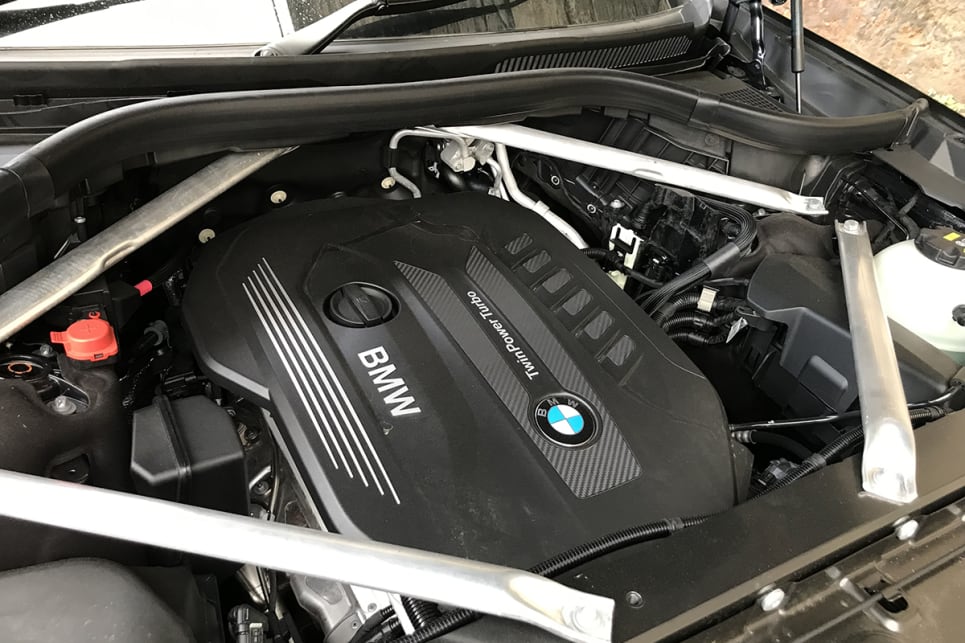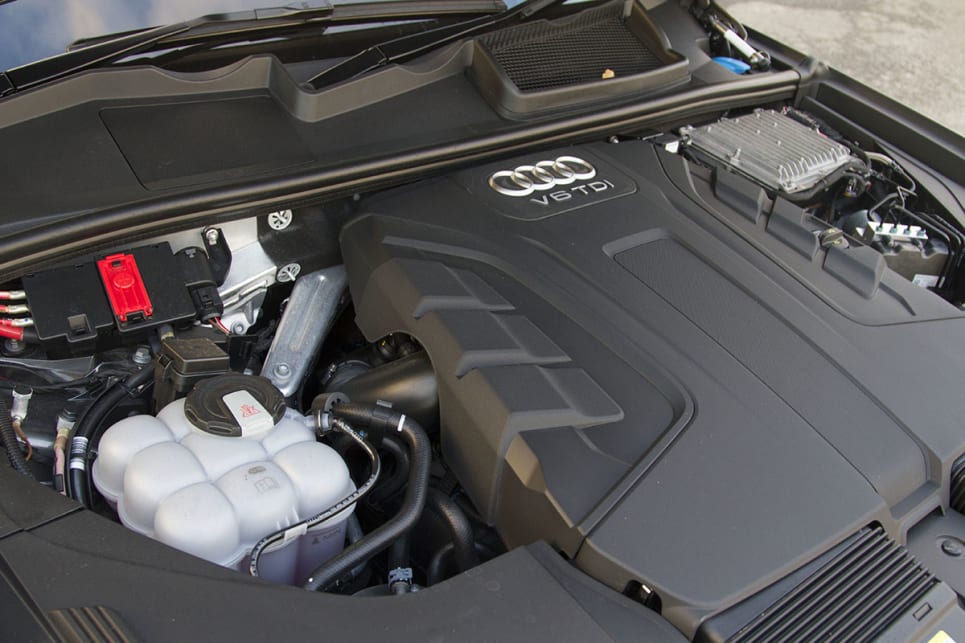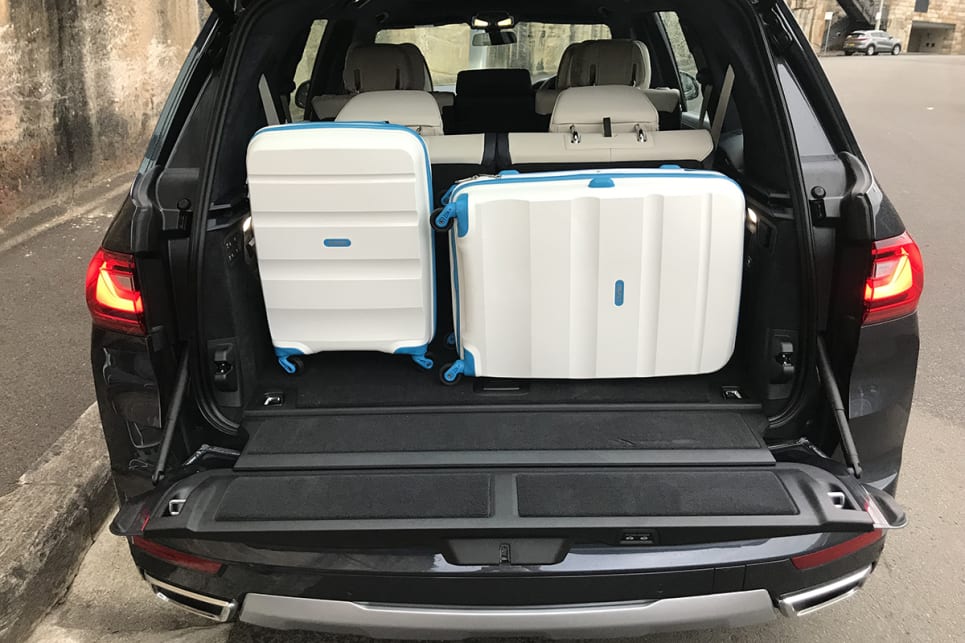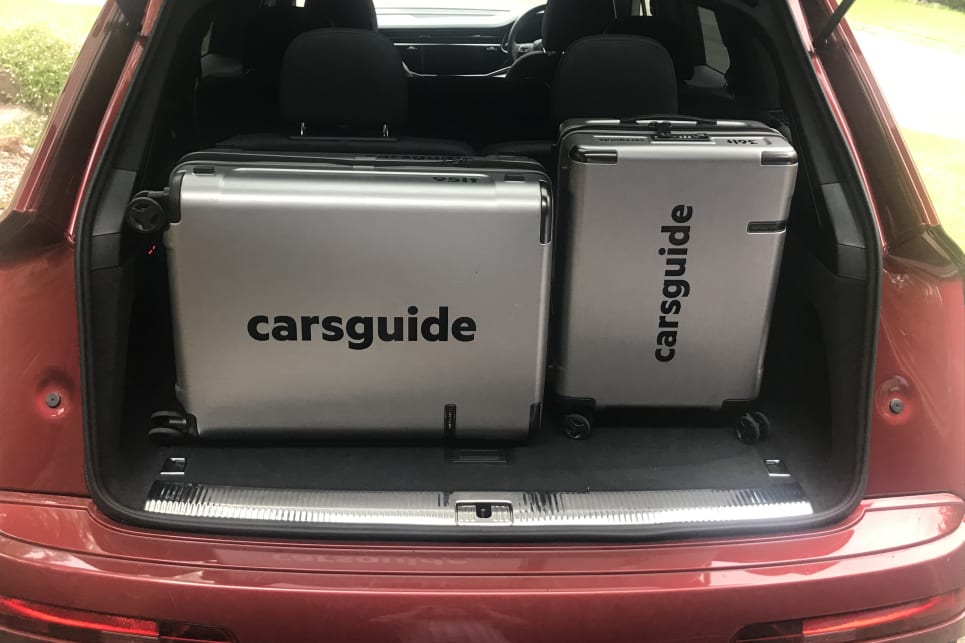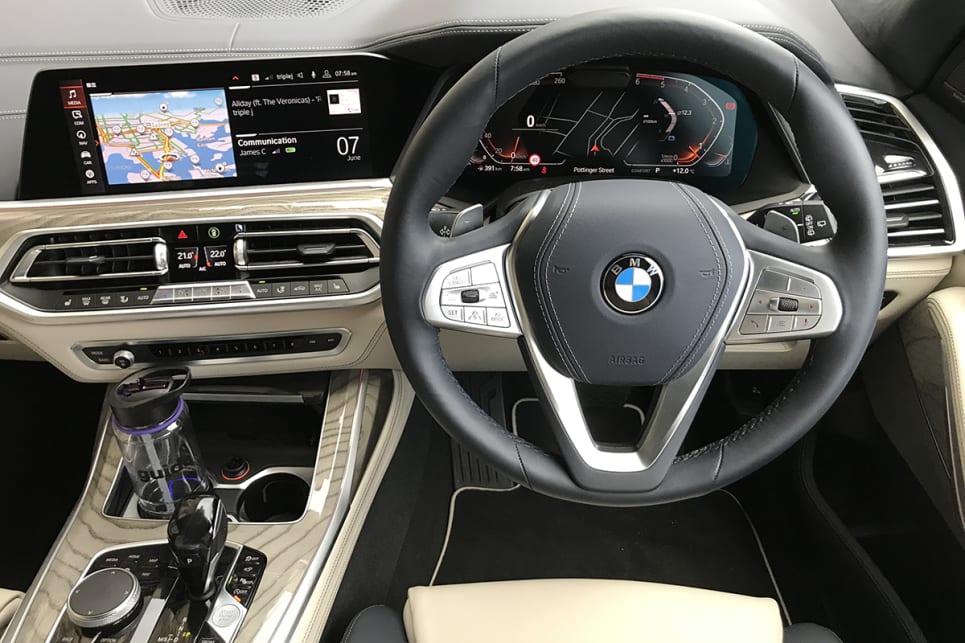What is it about primo German cars and massive grilles? If this trend continues we’ll soon be looking at grilles on wheels with car bodies attached as a cosmetic afterthought.
BMW appears determined to stick to its design guns and the X7’s signature ‘kidney grille’ undoubtedly gives the car presence. As does the flagship SUV’s sheer scale, with narrow (adaptive LED) headlights and huge alloy wheels adding to its imposing look.

The rear is precisely composed with subtle chrome accents, slim LED tail-lights and dual exhaust openings..
The interior is awash with top-shelf leather, brushed metal highlights, and top-quality finishes, with the dash dominated by twin digital screen displays. Broad, flowing surfaces combined with simple shapes, and the execution is pretty much flawless.
Both these family haulers are big, but the Q7 is slightly smaller than the X7 in every key dimension - length (-88mm), width (-30mm), height (-64mm), and wheelbase (-10mm).

While the BMW’s expression is reminiscent of a certain carrot-chomping bunny, Audi’s ‘single frame grille’ echoes the appearance of a wide-mouth shark. The Q7 also features a narrow, angular LED headlight design which enhances its slightly menacing gaze.
The big Audi’s proportions are closer to that of a traditional wagon with massive rims filling the wheel arches, and the roofline tapering gently to the chamfered rear end.
Lengthy tail-light units feature distinctive repeating LED graphics, while a horizontal connecting chrome trim piece across the back of the car, accentuates the Q7’s width and lower overall height.
Inside, the seats are wrapped in top-shelf ‘Valcona’ (aniline) leather, and there are no less than three ultra-cool screens in the sleek, sweeping dash and wide centre console - one for the configurable ‘Virtual Cockpit’ instrument display, and two for the multimedia system.
| Score | |
| Audi | 3.6 |
| BMW | 3.0 |



